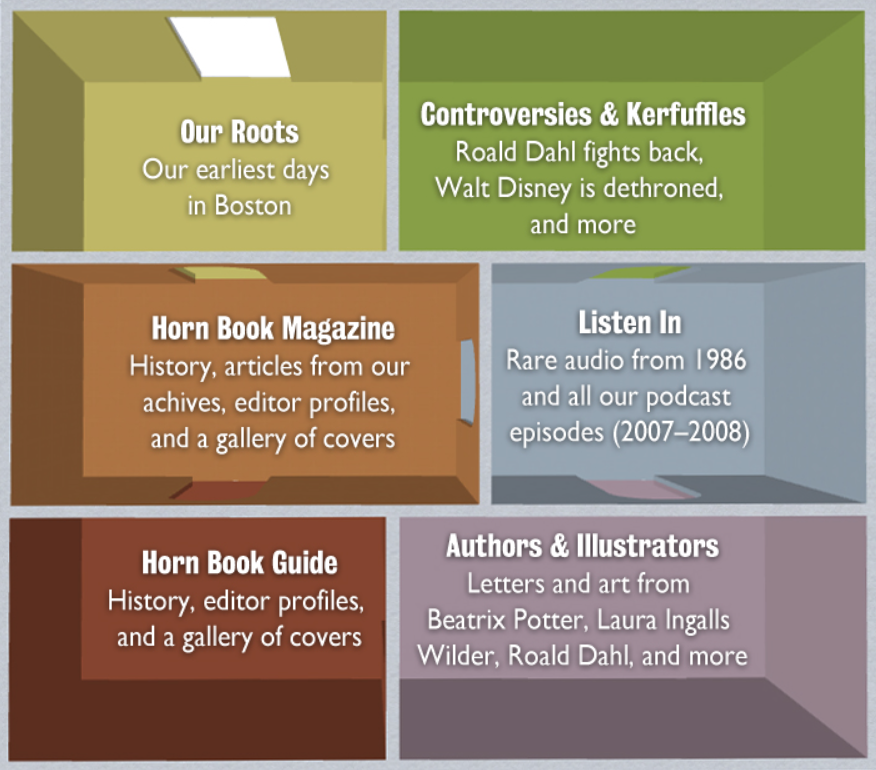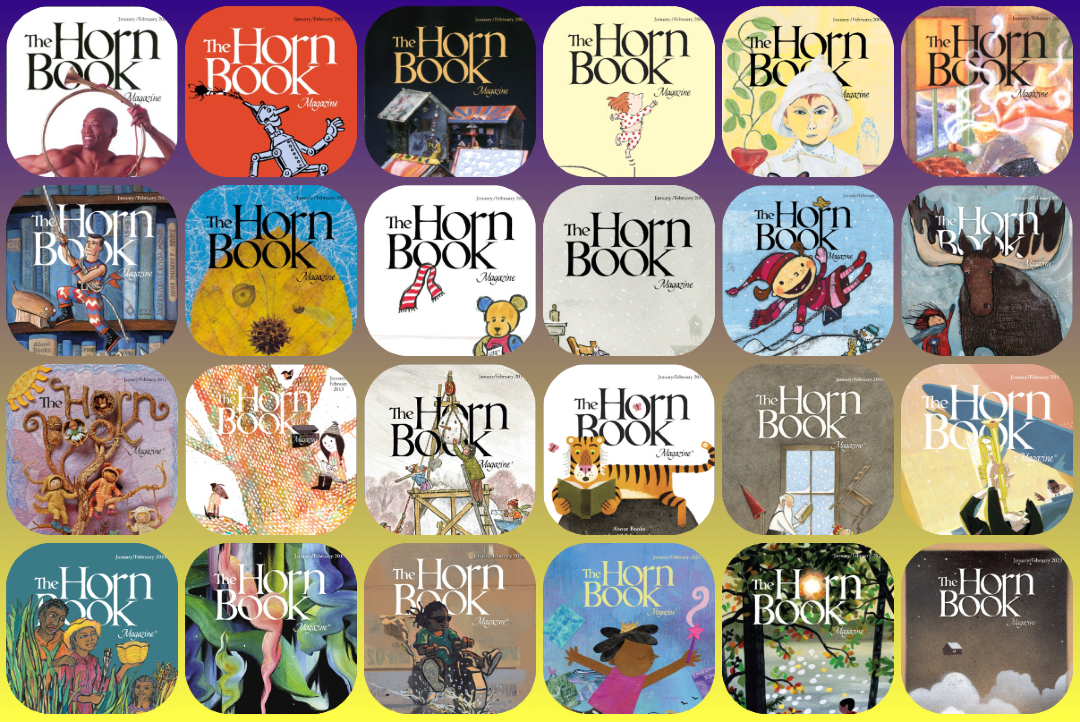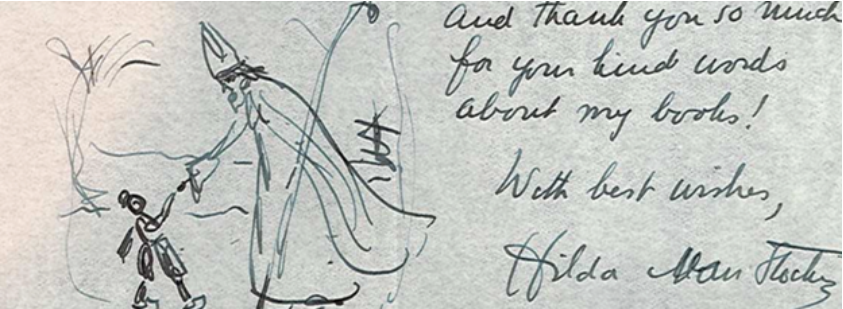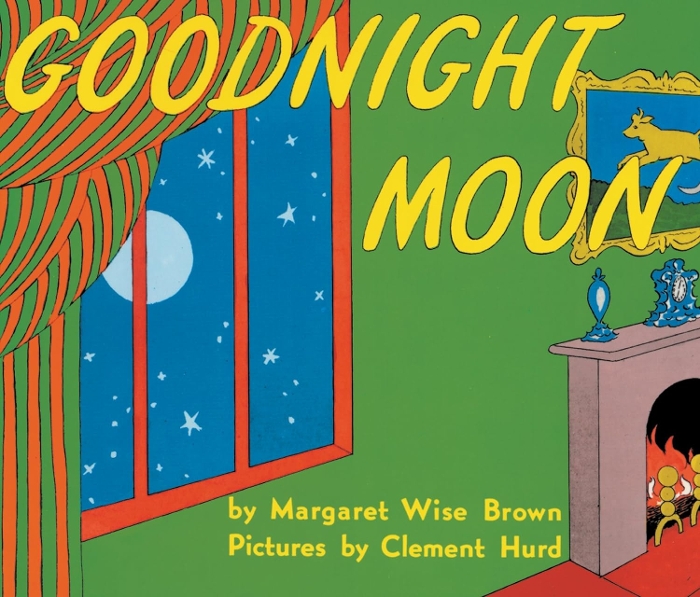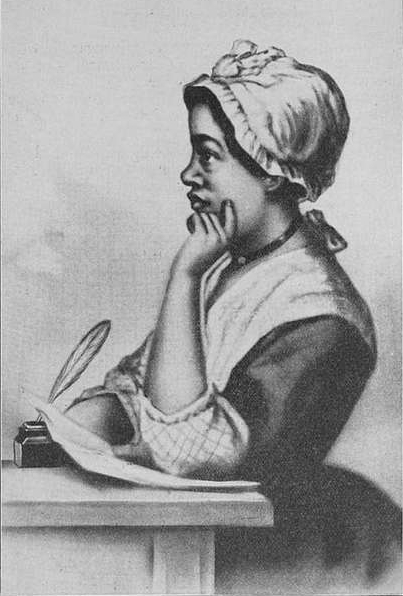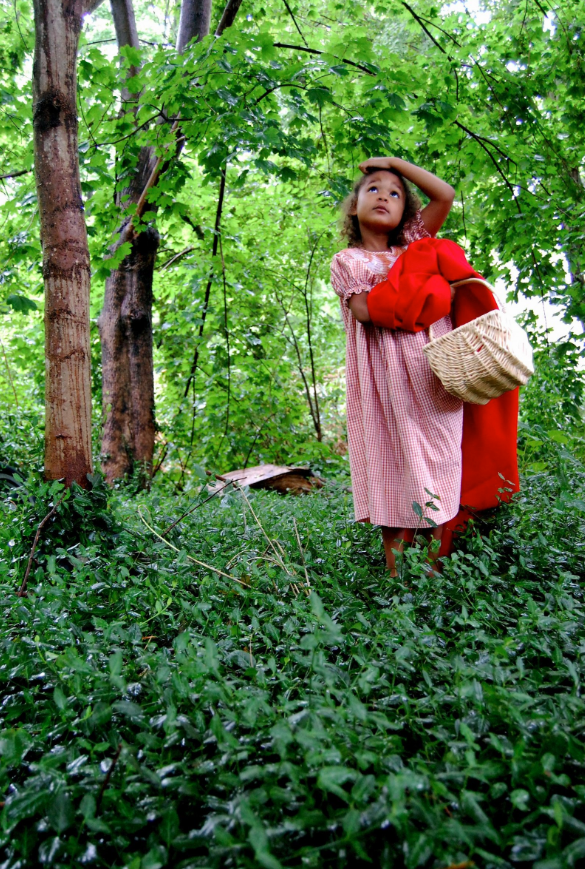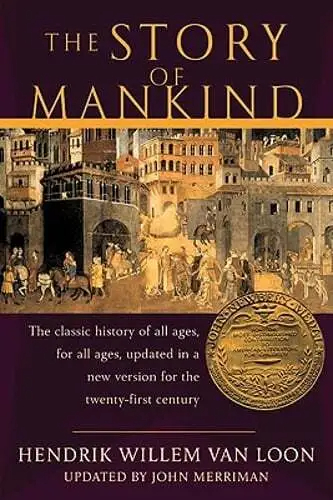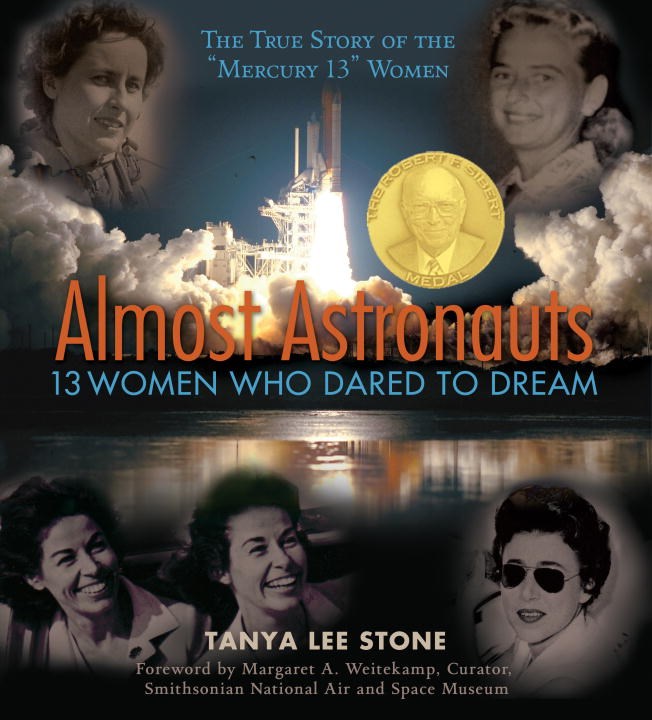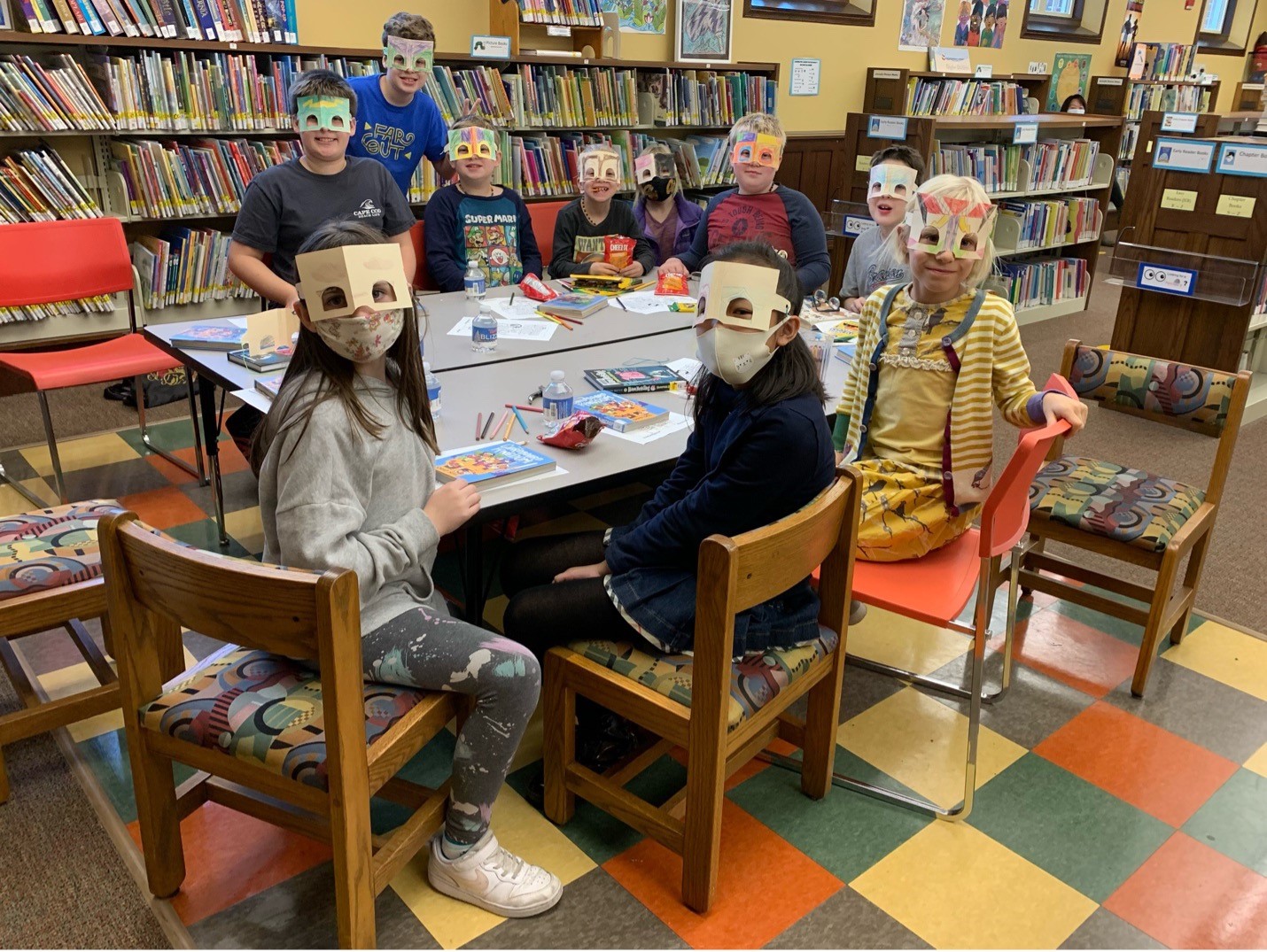|
Welcome to the Horn Book's Centennial landing page, where you'll find articles, interviews, history, events, videos, trivia, contests, and more related to 100 years of The Horn Book Magazine. We've been blowing the horn for fine books for young people since 1924 (learn more about Our Story), and this year we'll be "exploring the past, present, and future of children's literature" as we honor this milestone.
|
|
Our anniversary celebration includes six mini-themes
|
|
We'll also be looking back at each decade of the publication in our resurrected Virtual History Exhibit, which will include newly digitized articles from our archives that we think will be of interest to readers.
|
| We hope you'll join us for this year-long party (and another 100 years!) by checking back on this page regularly for new content, subscribing, and following us on Facebook (Facebook.com/TheHornBook), Instagram (@thehornbook), and X [formerly Twitter] (@HornBook). |
|
The Horn Book Inc. and The Eric Carle Museum of Picture Book Art presented: "Cover to Cover with Jarrett J. Krosoczka and Jack Wong" moderated by Elissa Gershowitz on Thursday, January 18, 2024 at 7pm ET.
|
|
WATCH NOW!
|
|
The Horn Book Inc. and The Eric Carle Museum of Picture Book Art presented: "Cover to Cover: Reimagining Familiar Stories with Different Faces" with Kristen Joy Emack, Marva Hinton, and Elissa Gershowitz on Wednesday, March 27, 2024 at 7pm ET.
|
|
WATCH NOW!
|
|
The Horn Book Inc. and The Eric Carle Museum of Picture Book Art presented: "Cover to Cover with Breanna J. McDaniel and April Harrison" moderated by Elissa Gershowitz.
|
|
WATCH NOW!
|
|
Relive the first-ever Horn Book Evening of Dialogue, a celebratory book event for our centennial, here. |


